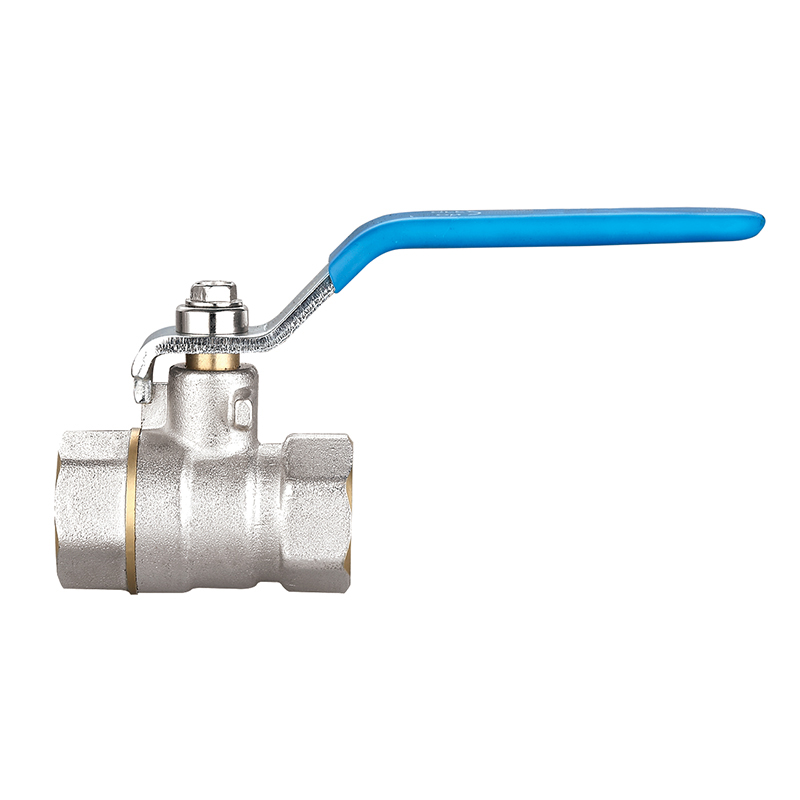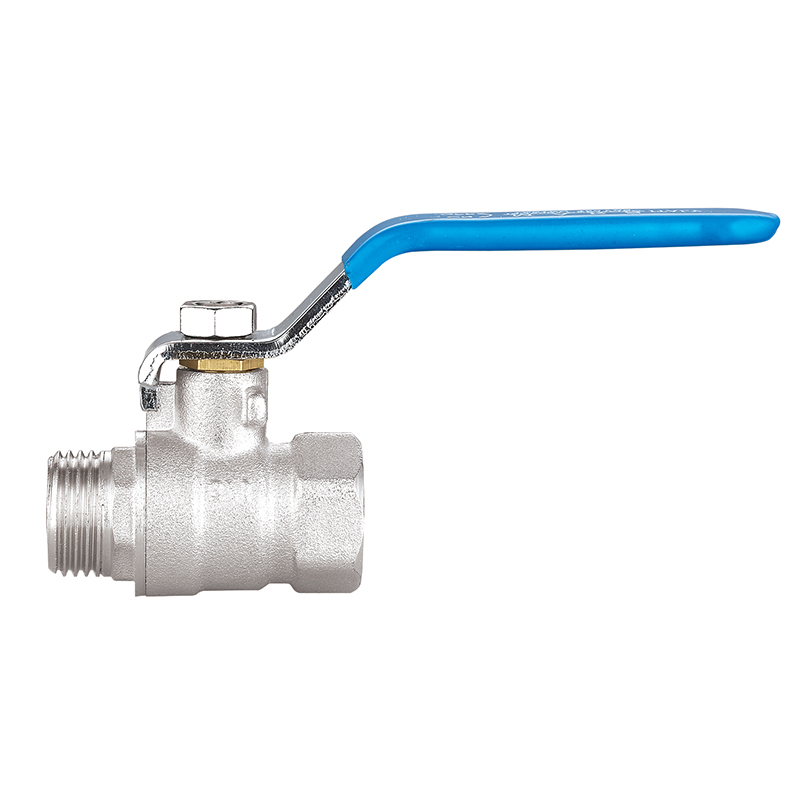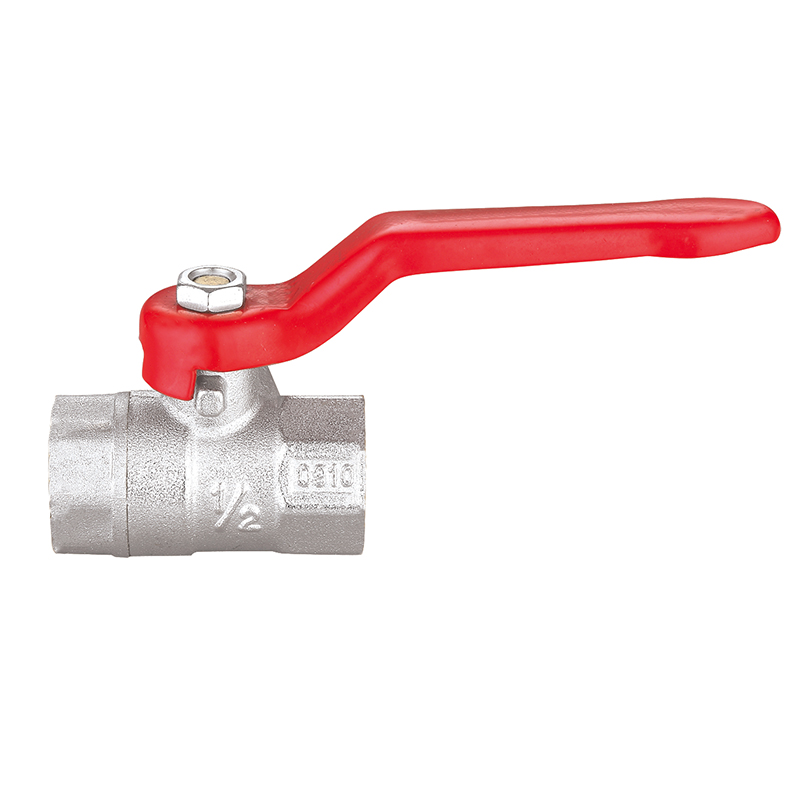Brass Ball Valves: A Comprehensive Classification Overview
2025-07-11
Brass ball valves are critical components in fluid control systems, offering precision, strength, and versatility across a wide range of applications. Manufactured primarily from brass — an alloy of copper and zinc — these valves are highly resistant to corrosion, durable under pressure, and suitable for both water and non-corrosive fluid environments. Their ability to provide reliable shutoff and flow regulation makes them a choice in plumbing, HVAC, gas, and industrial pipelines.
1. Types of Brass Ball Valves by Port Configuration
Brass ball valves are typically classified by the number of ports or flow paths they offer:
a. Two-Way Brass Ball Valves
These are the common type, featuring an inlet and an outlet. They are designed to start or stop the flow of a fluid completely. Two-way valves are ideal for applications requiring on/off control, such as household water supply lines, irrigation systems, and compressed air setups.
b. Three-Way Brass Ball Valves
These valves have three ports and are used for mixing or diverting flows. Depending on the internal ball bore configuration (T-port or L-port), the valve can combine two inlet flows into one outlet or divert flow between two outlets. They are often found in heating systems, process plants, and piping networks that require fluid redirection.
2. By Handle Mechanism and Control Style
a. Manual Brass Ball Valves
Operated by a lever or butterfly handle, manual valves provide hands-on control over fluid movement. A simple 90-degree turn opens or closes the valve, making them user-friendly and effective for quick shutoff or flow control.
b. Automated Brass Ball Valves
These valves are equipped with electric or pneumatic actuators for remote operation. Automated brass ball valves are used in systems that require precise timing, consistent performance, or integration into smart systems, such as building automation and industrial process control.
3. By Body Construction
a. One-Piece Brass Ball Valves
These compact valves feature a single body cast with fewer joints, reducing the risk of leakage. They are cost-effective and commonly used in low-pressure residential and commercial systems.
b. Two-Piece Brass Ball Valves
Made from two separate components joined together, these valves offer better serviceability. They can be taken apart for maintenance or internal inspection, making them suitable for applications where performance monitoring is critical.

c. Three-Piece Brass Ball Valves
Designed for flexibility, three-piece valves can be dismantled without disturbing the entire pipeline. They are ideal for high-maintenance or industrial systems where periodic cleaning or replacement is necessary.
4. By Flow Bore Design
a. Full Port Brass Ball Valves
In these valves, the ball bore matches the inner diameter of the pipe, allowing unrestricted flow. Full port designs minimize pressure drop and are ideal for systems where high flow efficiency is needed, such as in fire protection or large-volume water transfer.
b. Reduced Port Brass Ball Valves
These have a smaller internal bore, which restricts the flow to some extent. They are more compact and cost-effective and are used in systems where slight pressure loss is acceptable.
5. Specialized Brass Ball Valve Types
a. Lockable Brass Ball Valves
These feature a locking mechanism that prevents unauthorized or accidental operation. They are commonly used in public water systems, gas lines, and applications requiring strict control.
b. Drain Brass Ball Valves
Integrated with a drain port, these valves allow residual fluid to be emptied from a system. They are typically used in HVAC systems and outdoor plumbing where seasonal draining is necessary.
c. Hose Bibb Brass Ball Valves
Designed with hose thread outlets, these valves are found in outdoor faucets and garden connections. Their brass construction offers resistance to corrosion from weather exposure and water minerals.
6. Applications Across Industries
Brass ball valves are used in a wide range of industries due to their strength, workability, and moderate chemical resistance. Common application areas include:
Residential Plumbing: Control of household water supplies, hot water systems, and outdoor hose connections.
HVAC Systems: Managing coolant flows, heating elements, and drain control.
Irrigation and Agriculture: Providing durable shutoff options for water distribution lines and sprinklers.
Gas Distribution: Suitable for natural gas and LPG pipelines, provided they meet safety standards.
Industrial Manufacturing: Controlling air, water, or chemical lines within controlled environments.
Whether you want to become our partner or need our professional guidance or support in product selections and problem solutions, our experts are always ready to help within 12 hours globally.




 русский
русский Español
Español عربى
عربى




